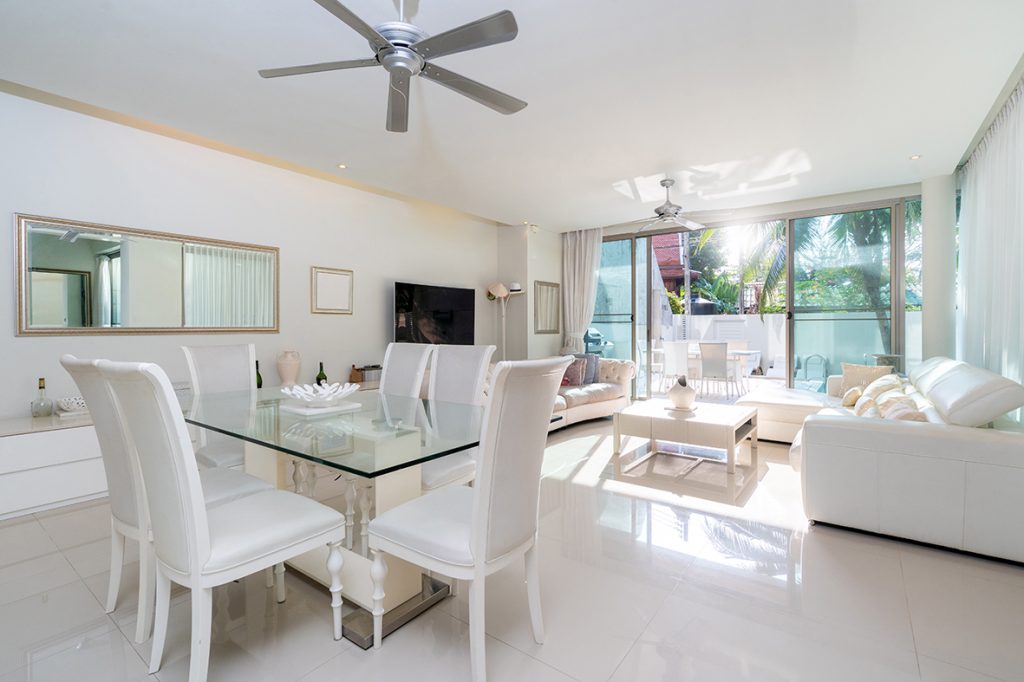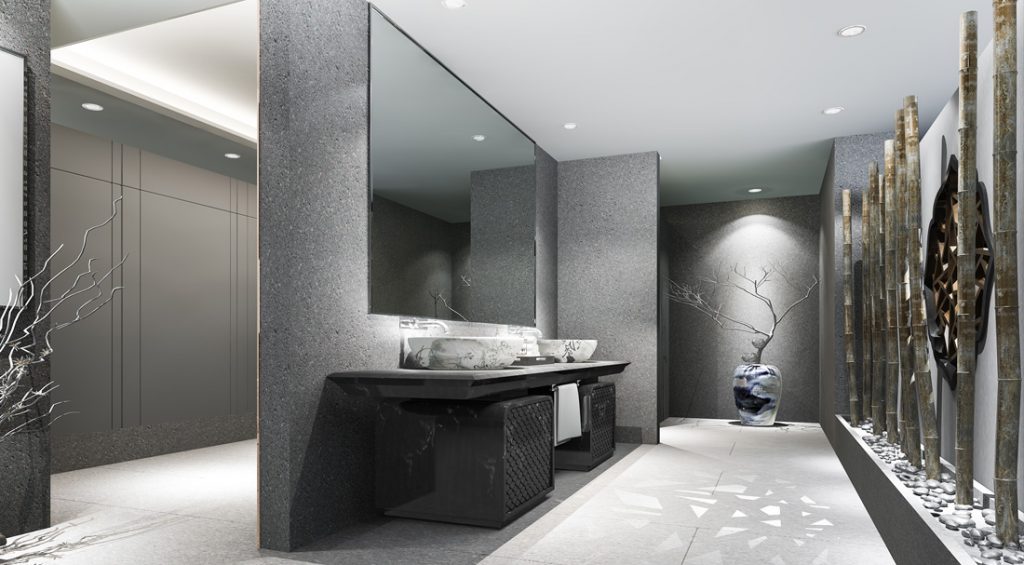Electrical Commercial and Residential Ceiling Fan Installation in Sydney
Do You Need The Biggest Big Ass Ceiling Fans for Your Premises? As energy bills soar and energy awareness increases, Australians are developing a newfound appreciation for ceiling fans. Ceiling fans have been revived! They now add to décor rather than being an eyesore. If you go to just about any industrial or commercial premises (and many homes), you will see installations of giant fans. They are usually made by Big Ass Fans Australia. Yes, you read that right. Big Ass Fans Australia is their name. Electric Ceiling Fan or Central Air Conditioning? What to Install? A lot can be said about built-in ceiling fans and air conditioners (both good and bad). Let’s explore the pros and cons of each before introducing you to Big Ass Fans. Cooling: A big advantage of air conditioning units (AC) is that they cool down the air in your home. Ceiling fans cool down a localised area only. Health: According to the Lung Foundation Australia(*1), dry air from ACs can cause respiratory problems and trigger respiratory diseases. Ceiling fans are less problematic for your health and enable you to acclimatise more naturally. Cost: Based on our experience, ceiling fan installations are much cheaper than AC installations. Canstar(*2) crunched the numbers on running costs. • Air-conditioners cost between 0.25c and 0.95c per hour to run and use 3500 watts(*2,3). • Ceiling fans cost between 0.02c and 0.05c per hour and use between 30 and 50 watts(*2,3). How much extra would it cost to run your Air Conditioning and ceiling fan eight hours per day over three months? • Air Conditioning = An extra $168 to $638. • Ceiling fan = An extra $13 to $33. Bigass Fan Installation Service in Sydney and Woollongong Big Ass Fans are the world’s biggest-selling fans(*4). They are high quality, aesthetic, energy-efficient and for us, they are easy to install. Next time you are at Bunnings, look up. They use these fans to ventilate and cool their warehouses with great success. There is also a small fan range for homes. We have relocated and installed various Big Ass Fans for our clients – including during a mammoth project for Australia Post. We hire a crane to reach the ceiling of the space so we can comfortably (and safely) complete the installation. Types of Ceiling Fans Budget, general-purpose fans are usually powder-coated metal. They are prone to corrode in coastal locations, so opt for stainless steel blades that can withstand the salty air in Sydney. Timber bladed fans cost more but are much quieter making them ideal for bedrooms and offices. Higher-end, more costly ceiling fans are designed to operate almost silently. For the quietest and smoothest operation, look for ‘cathedral’ rather than ‘bell’ canopies. These fans are designed to minimise wobbling – and therefore noise. What Size Fan Do I Need? Fan sizes vary to suit different sized spaces(*5). The fan blades should be at least 0.8m from your walls and at least 2.1m above the floor. Below are some guides to help you. Room size and blade diameter • 3m2 room = 750 – 900mm blade. • 3m2 to 4.4m2 rooms = 900-1100mm blade. • 4m2to 7.7m2 rooms = 1200mm blade. • 7m2 to 12.2m2 rooms = 1200-1400mm blade. You will need a licensed electrician for your fan installation. Do not hesitate to contact us to help you get ready for Summer! References *1. Lung Foundation Australia. Bronchiectasis: Air conditioners. 2021. *2. Lopez-Vito, TJ. How Much Electricity Does My Air Conditioner Use? Canstar Blue. 2020. *3. Ceiling Fans Direct. Ceiling Fans vs. Air Conditioning: Electricity Use. 2014. *4. Big Ass Fans. Home. 2021. *5. Parbury, J. Ceiling fans 101: a Guide to Choosing the Right One. Homes to Love. 2021.
Electrical Commercial and Residential Ceiling Fan Installation in Sydney Read Post »


